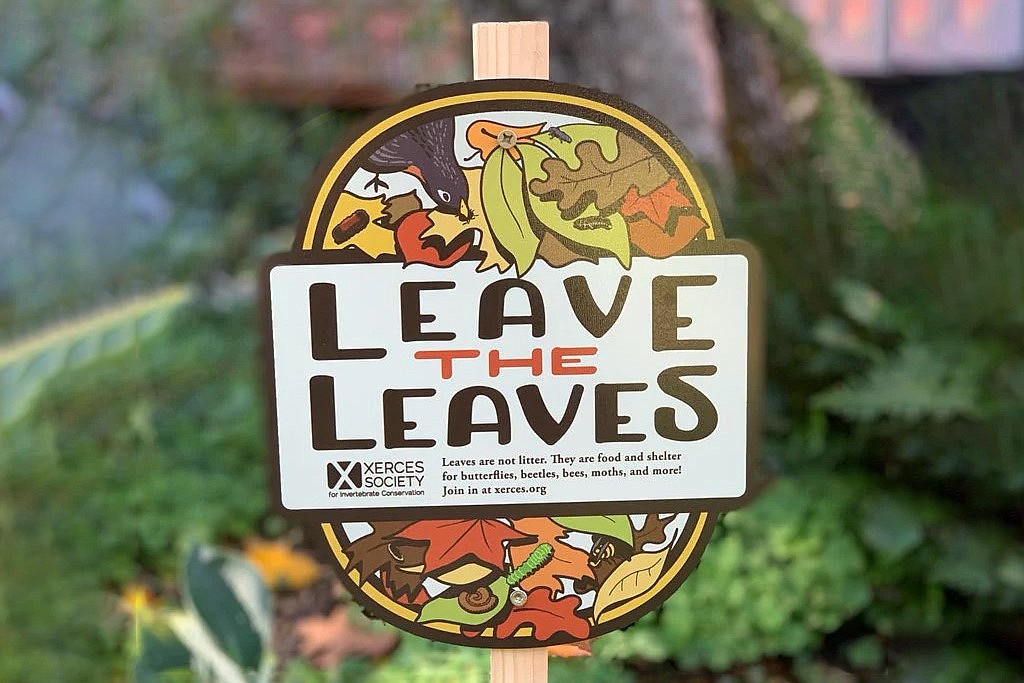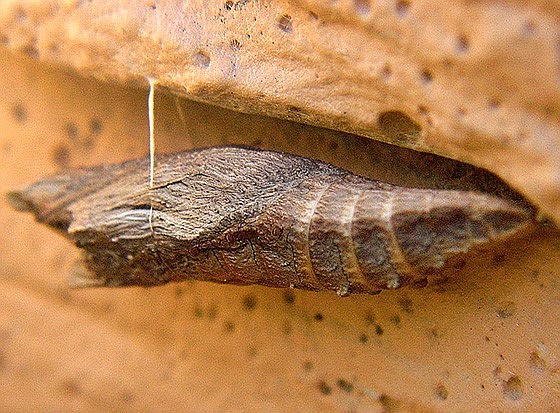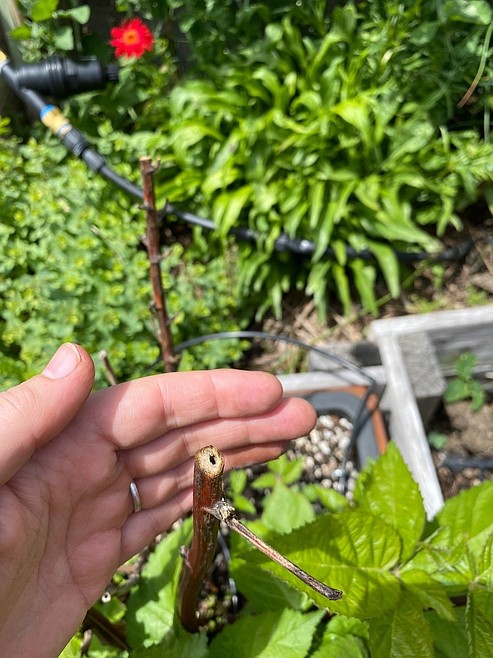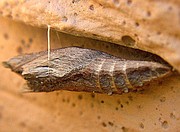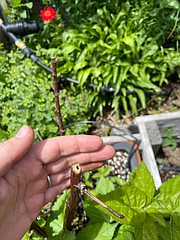Master Gardener: Fall garden cleanup
Without mentioning the one word that gardeners dread the most — the one that begins with an “f” and ends with “all” — it’s time to ponder those late-season gardening tasks. This year, instead of cleaning and tidying every inch of your yard, consider your fall garden work as an opportunity to be “welcoming and inviting.”
Plant stems, leaves, and brush piles are a haven for many beneficial insects, predatory beetles and native pollinators; all considered beneficial to our gardens and landscapes. These natural areas can serve as safe overwintering and nesting sites — as long as they don’t impede on the defensible space around your home.
Some insects migrate, however most stay and enjoy our yards and gardens year-round. How can we create sanctuaries in our gardens, patios, vertical spaces and balconies for these beneficial insects? Start by imagining more natural areas in your landscape and less perfectly manicured spaces.
Are there garden beds, growing containers or areas under shrubs and trees where you can leave things a little less tidy? If you are able, rewild these places to support hundreds of native pollinators. Your yard will benefit by having early pest control from predatory insects, like the green lacewing, Chrysopa coloradensis, and continue to build a healthy soil food web.
Try leaving seed heads on plants for the birds. Ornamental grasses, Echinacea, Black-eyed Susan, Joe Pye weed, Scabiosa, and Lavender all offer a winter food source. If you are trimming other seedheads, consider leaving a few hollow or pithy stems that are 8 to 24 inches or longer in early spring and again in the fall.
Many native pollinators and desirable insect predators like the aphid-hunting wasp, Pemphredon spp., utilize pithy stems from raspberries, elderberries, and roses. Native bee larvae develop in brown, cut stems during our growing season and then hibernate during the winter.
Around 30% of native bee species will stay in your new habitat when narrow tunnels or spaces in deadwood or rock piles are left behind. Piles of leaves create insulation and protection over the winter for queen bumblebees, which nest underground, along with coronis fritillary butterflies, Speyeria coronis.
Western tiger swallowtail butterflies, Papilio rutulus, spin a chrysalis mimicking brown fallen leaves. If leaves are removed and disposed of, it takes longer for this population to return to your gardens and landscapes. If you are unable to leave leaves in place, pile them in garden beds or pots, or create a leaf mold bin (an open-air bin only for leaves).
Avoid shredding leaves with your mower; instead, gather leaves with small brush piles in corners of your yard away from areas with turf. Then advertise your good intentions as a woven wildlife habitat.
Many beneficial insects in gardens, landscapes and forested areas spend their entire lifecycle in our plants. I challenge you to enact one tip from above to better support the tiny ecosystems that live next to our feet.
Create a beautiful sign or source one to share your message about rewilding spaces or contribute to the cause by displaying your wildlife safe-havens on social media with #LeaveTheLeaves.
To learn more, see the Xerces Society handout: Nesting and Overwintering Habitat for Pollinators and Other Beneficial Insects, https://xerces.org/sites/default/files/publications/18-014.pdf
• • •
Kara Carleton is the program coordinator for the Idaho Master Gardener program. The University of Idaho Extension, Kootenai County Idaho Master Gardener program is located in the UI Research Park, 958 S. Lochsa St., in Post Falls. Learn more about us at https://www.uidaho.edu/extension/county/kootenai/garden or on Facebook. Visit us in person, email us at kootenaimg@uidaho.edu, or call us at 208-292-2525. IMG services are free to the public.

